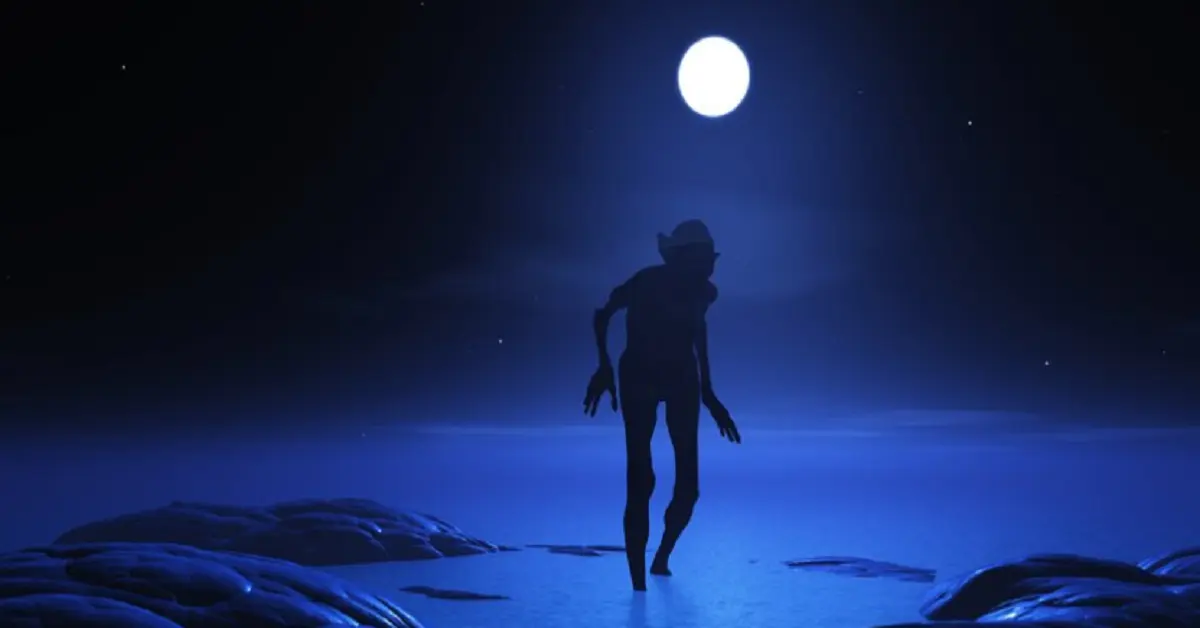Introduction
Welcome to the enigmatic world of art:uw7mc1jmhvq= dark, where shadows dance and emotions intertwine with darkness to create captivating masterpieces. In this article, we delve into the depths of dark art, exploring its origins, themes, techniques, and cultural significance.
Meta Description:
Explore the mysterious realm of art:uw7mc1jmhvq= dark, from its origins to contemporary trends. Discover the captivating allure of shadows and emotions intertwined in haunting masterpieces.
Historical Development
Dark art has roots that extend deep into history, with its earliest manifestations found in ancient cave paintings and medieval depictions of death and decay. However, it wasn’t until the Romantic era in the 18th and 19th centuries that dark art began to emerge as a distinct movement. Artists like Francisco Goya and William Blake explored themes of madness, death, and the supernatural, laying the groundwork for future generations of dark artists.
Themes and Styles
Dark art encompasses a wide range of themes and styles, often exploring the darker aspects of the human psyche and existence. From macabre surrealism to haunting gothic imagery, artists draw inspiration from nightmares, fears, and the unknown. Common themes include mortality, existentialism, horror, and the occult, with artists using symbolism and metaphor to convey their messages.
Techniques Used
In the world of art:uw7mc1jmhvq= dark, techniques vary as much as the themes themselves. Traditional mediums like oil paint and charcoal are commonly used to create hauntingly detailed works, while digital art allows for new levels of surrealism and experimentation. Mixed media techniques, such as collage and assemblage, are also popular among artists seeking to add depth and texture to their pieces.
Notable Works
Throughout history, dark art has produced countless iconic works that continue to captivate and disturb audiences. From Hieronymus Bosch’s “The Garden of Earthly Delights” to Salvador Dali’s “The Persistence of Memory,” these masterpieces explore the darkest corners of the human imagination. More contemporary artists like Zdzisław Beksiński and H.R. Giger have further pushed the boundaries of art:uw7mc1jmhvq= dark, creating nightmarish visions that blur the line between beauty and horror.
Cultural Impact
The influence of dark art extends far beyond the canvas, permeating literature, film, music, and popular culture. From Gothic novels to horror movies, dark art has inspired countless creators to explore themes of darkness, mortality, and the supernatural. Its influence can be seen in everything from fashion and design to subcultures like Goth and emo, where darkness is embraced as a form of self-expression.
Contemporary Scene
In the digital age, dark art has found new life online, with social media platforms providing a global stage for artists to showcase their work. Online galleries and communities have sprung up, connecting like-minded creators and fans from around the world. This newfound visibility has led to a resurgence of interest in dark art, with emerging artists pushing the boundaries of the genre and exploring new themes and techniques.
Exhibitions and Galleries
While dark art was once relegated to the fringes of the art world, it has increasingly found its place in mainstream galleries and exhibitions. From dedicated art:uw7mc1jmhvq= dark shows to inclusion in major museums, the genre is gaining recognition and acceptance within the art establishment. Galleries specializing in dark art, such as Copro Gallery in Los Angeles and Last Rites Gallery in New York City, provide a platform for both emerging and established artists to showcase their work.
Collecting
For art collectors drawn to the darker side of the human experience, art:uw7mc1jmhvq= dark offers a wealth of possibilities. From affordable prints and limited-edition merchandise to investment-worthy originals, there is something for every budget and taste. Collectors interested in acquiring dark art should research artists, attend exhibitions, and connect with galleries and online communities to discover new talent and acquire sought-after pieces.
Conclusion
art:uw7mc1jmhvq= dark is a fascinating and complex genre that continues to evolve and captivate audiences around the world. From its ancient origins to its contemporary manifestations, it explores the depths of human experience and imagination, challenging viewers to confront their fears and embrace the darkness within. Whether you’re a seasoned collector or a curious newcomer, the world of dark art offers endless opportunities for exploration and discovery.
